When we looked into Dota 2 for the first time, it was in 2013. Since then, it has changed a lot. Because of this, we thought it was important to look at it again. If you’re interested, you can read our first review right here (opens in a new tab). Go here to find out more about why we decided to look at some games again (opens in a new tab).
Dota 2 was originally made to be an exact copy of the Defense of the Ancients mod that came before it, so you could be forgiven for thinking of it as the first multiplayer online battle arena (MOBA). On the other hand, this is not true. In fact, Dota 2 is different from most other games in this genre because it is very pure. MOBAs, or multiplayer online battle arenas, started out with games like Heroes of Newerth and League of Legends. These games gave the roughshod family of Warcraft custom maps a more professional and commercial feel. They also gave them a shape that would make MOBAs the most popular type of game for the better part of a decade.
Dota 2 is different. Valve took the original change and turned it into a tool to make Steam more popular in places where it wasn’t as common as it was in Europe and North America. Russia, Southeast Asia, and China are all big players in the DotA scene and are part of these regions. And it turned out that the best way to do this was to keep one’s own habits the same at all times. This led to the creation of a free-to-play MOBA where all of the characters can be used for free, there is no need to level up an account, and the design trade-offs that had to be made because of the limitations of a map editor in the 2000s are now the rules of the game. Dota went from being popular in the mod scene to a multimillion-dollar phenomenon so quickly that it gave many people whiplash. The game’s reputation for not being good for business was ripped off like a bandage, and it happened so fast that you might not have even noticed it was gone.
What does this mean for you, as a possible player, and how does it affect you? The most important thing this means is that this is a mind-bogglingly deep competitive team strategy game whose basic design has gotten better and better over the past fifteen years. In this tactical sandbox, the basic rules of the massively multiplayer online battle arena (MOBA) were laid out: there are two teams, three lanes, five heroes on each team, turrets, creeps, jungles, bases, and ancients. The mission brief tells you that your goal is to attack the enemy base and destroy the enemy headquarters. In real play, your goal is to change the strategic, economic, and mental pace of the game, which is a challenge with different factors each time you play. This can be hard to do because the factors change all the time.
In addition to this, you need to choose the right wizard, do the right rituals, and make sure the right shoes are bought. Obviously. The game we’re talking about is called “Dota 2.”

Dota 2 has a pretty steep learning curve, but everyone has to start somewhere. You will start by choosing a character you like and learning how to use that character’s abilities well, such as chaining stuns, dealing damage, turning enemies into frogs, and doing your best as a helicopter, bear, or fishman, respectively. After that, you will be told how to play that hero as part of a team, what items you should buy to improve your stats, and when in the game you are at your strongest. You’ll learn the hard way that it’s not a good idea to get too close to an enemy tower, that you should always bring a town portal scroll so you can move quickly from one place to another, and that people are always yelling for someone else to buy vision-granting wards, so you should always have one with you. Then you’ll get better, maybe learn a few more heroes and how to look at your minimap, and then you’ll realise that to get to the next step on Dota 2’s never-ending staircase, you’ll have to unlearn about 75% of what you think you know. If you like to learn, fail, and learn again, it will take you thousands of hours to become a below-average Dota 2 player like everyone else. But if you’re having fun, the time will go by quickly and you won’t even notice.
Dota 2 is a game that neither the people who make it nor the people who play it can master. It is impossible to reach a state of complete mastery.
Dota has never required a certain way to play, even though its community has always followed a number of traditions about how to play the game best. This is the main thing that makes it different from other multiplayer online battle arenas (MOBAs): other MOBAs tend to build in the community metagame by making player roles like tanks, supports, and damage dealers fixed archetypes in their rosters, but this doesn’t quite work the same way in Dota 2. This is a simulationist game at its core, which means that a character isn’t a strong tank because it was always planned for them to be one. Instead, a character is a good tank because of how they interact with the underlying matrix of items, statistics, and map characteristics in Dota 2. This is a game with an infinite number of interconnected butterfly effects. The viability of a hero can change just by adding or removing one tree from one part of the map.
Dota 2 is a game that neither the people who make it nor the people who play it can master. Because of this, you will never be done learning how to play it. It goes without saying that it’s hard to learn, but even though I’ve been playing regularly for the past six years, I’m still not very good at it. On the other hand, this adventure has been one of the most rewarding and unique things I’ve done in a video game. People become closer when they learn to share information and figure out how to deal with constant change. For example, by playing Dota 2, I’ve made friends who will be with me for the rest of my life and with whom I now share a large vocabulary that comes from this huge, strange, and beautiful game.
Dota 2 also makes for a very interesting electronic sports competition because of how easily it can be changed. Because of how complex its sandbox is, teams, players, and locations from all over the world can use very different ways to play. Even though there have been some restrictive metagames, they have never been able to last for very long. So, after seven years of high-profile competition, the playing field has stayed open to competitors from all over the world who take different approaches to solving the fundamental strategic challenge. In fact, Dota 2’s core simulation makes it possible for the best players to make the most of their creativity. At least once at every international tournament, a brilliant bit of outside-the-box thinking turns the metagame on its head. This is a very exciting thing to see. If you’ve never seen how excited a basketball arena full of people gets when they hear that a teenager who just won a million dollars chose an unusual dragon, you’re missing out.
Dota 2 has changed a lot since I first wrote about it for PC Gamer in 2013. It wouldn’t make sense to list all of those changes here. It has a better user interface inside the game and a much better main menu. The main menu now loads much faster and has a better interface for planning strategies before the game. Valve has recently added more quality-of-life features, such as signs that change based on the situation and let you know when a hero or item has been changed in a patch. In the game’s main menu, you can find these signs. Since balance passes now happen every two weeks, the fact that players can now get this information quickly is a big plus.
The Arcade is a freeform custom game lobby that recreates the WarCraft III custom map scene, which is where the first version of DotA started. When it first opened, one of the most noticeable new features was the arcade. As was the case back then, the most popular game modes now are mostly variations on tower defence and a number of combat-focused Dota games.
It’s possible that the Arcade’s falling popularity has something to do with the fact that Turbo Mode came out a year ago. It lets you play Dota or something similar to it more quickly and in a more forgiving environment. Its existence shows how important it is to ease Dota 2’s purist tendencies. Many of these popular arcade mods do the same thing that Turbo does. This mode lets players level up much faster, making games much shorter. It also makes some of Dota 2’s more complicated gameplay elements, like the item courier, much easier to understand. The end result is a version of Dota 2 that is easier for new players to understand and gives experienced players a chance to blow off some steam. This mode is great if you want to try out a new hero but don’t have the time or energy to play a match that could last more than an hour. This mode is great, even though it is easier, sillier, and less satisfying than a full game.
Valve has spent years trying out different ways to make money from Dota without changing the core rules of the game. This started with the Compendium, a kind of digital stickerbook that came out every year with the International eSports Championship. From there, Battle Passes were made, which are multi-month event seasons where players compete to complete challenges and earn points and prizes.
Valve’s Dota Plus membership programme is the closest thing the company has come to putting a barrier in front of certain game features. Once you’ve paid the required fee, you’ll be able to use extra parts of the tutorial, like suggestions for in-game skills and items based on data from the public. Battle Passes are based on the idea of “collecting all the hats,” but there are also tasks to complete and stat-tracking jewels to collect.
Dota Plus caused a lot of debate when it was first announced because this community is very sensitive to anything that even slightly resembles pay-to-win practices. I haven’t found that to be true, though, when I’ve used the system. In fact, the data-driven recommendations that Dota Plus gives are often less useful than the free player-made suggestions that are already in the game, and they often give bad advice about skills and items. There is nothing here that can replace having a friend show you the ropes and give you tips on how to play the game. But it’s always nice to give new players a little more direction.
So, most of the microtransactions in Dota 2 come in the form of paid systems that let you complete tasks and earn hats. Both Plus and Battle Passes are part of these paid systems. This idea can be shown in different ways, such as through co-op dungeon minigames or Crystal Maiden’s gambling wheel, but in the end, it comes down to paying a fee to get better rewards from the games you were going to play anyway. This idea can be shown in both big and small ways.

Dota 2 is different from all other games in this genre because it gives away so much basic game stuff for free. This means that Valve doesn’t have anything left that they could put behind a barrier. Dota 2 is the most popular online battle arena game in the world.
There are some bad things about this benefit. On the one hand, if you look at the premium options in Dota 2 by themselves, they don’t seem like very good deals. There isn’t much in the game that will make you feel like you have to get it, unless you feel like you’re missing out on something important if you don’t get the latest Battle Pass. On the other hand, you won’t feel like you have to buy and keep much of it for yourself. Dota 2 is different from all other games in this genre because it gives away so much basic game stuff for free. This means that Valve doesn’t have anything left that they could put behind a barrier. Dota 2 is the most popular online battle arena game in the world. With all of these things going on, it’s easy to forget about the occasional boring hat collection minigame that they’ve added.
But every once in a while, a feature will show up in one of these add-ons that seems like it should be part of the main game. At the time this article was written, people who bought the 2018 International Battle Pass could sign up to play certain roles in their next ranked game. This is something that is going on at the moment. This is something I learned from playing League of Legends. It’s a further loosening of Dota 2’s signature puritanism, recognising that even though players can sometimes go beyond or change their team roles, most players will still naturally fall into their roles. And what do you know? It’s a great idea to borrow because it lets you skip one of the most awkward parts of any ranked game: when half of your team fights over who has to play support. Borrowing is a great idea because it lets you skip over one of the most awkward parts of a ranked game. It’s too bad that this function is only available in the International Department’s most recent source of income for now.
even more so when you consider that players’ behaviour is still a problem in Dota 2. Valve has worked on improving, expanding, and tinkering with player reporting systems, matchmaking, and other features. In an effort to make ranked gaming less stressful, they got rid of the detailed skill ratings and replaced them with seasonal rank badges that are much more general. More skills are covered by these rank badges. They have added instructions before the start of games that tell you to be nice to your fellow players and have added pop-up reports that tell you how well or badly you are doing in the eyes of your fellow players. You’ll never know how many online jerks the game is able to keep out of your games because it’s impossible to tell if it works or not.
Even so, Dota 2 is still a place where strangers yell at each other for making mistakes, and some people in the community have made conflict the norm and even something they want. It’s not the only game with this problem, but it could make things feel especially bad. This could be because Dota 2 keeps strangers together for long periods of time or because it makes them depend on each other so much. The same things that make this a great time with friends can also make it a living hell, and even after six years, I can’t say for sure that this will change. Dota 2 is one of my favourite games of all time, but I wouldn’t necessarily recommend playing it alone until you know what you’re doing and have played it before.
And yet, for me and millions of other people, this strange, unusual, and once-in-only game has become a regular part of how we play games on our computers. I click on it almost every day to get a certain kind of competitive experience, and even though many years and tens of thousands of hours have passed, it can still excite, amaze, and annoy players long after other games have reached the end of their lives. Valve, the company in charge of the game right now, has done a good job of making it better by, among other things, making it easier to play and adding new ways to do so. But perhaps most importantly, Valve has been able to keep Dota going, which means they have been able to keep the spirit of a great game that existed before this version and, fingers crossed, will continue to exist after this version.


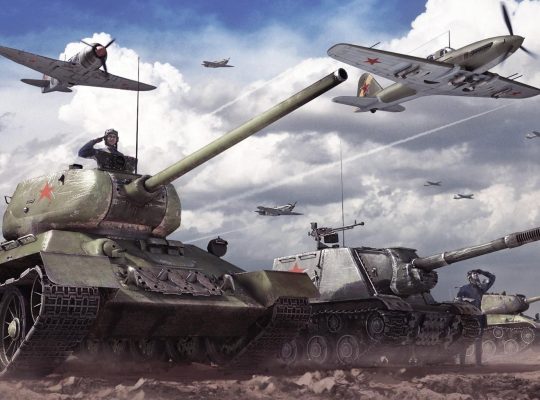
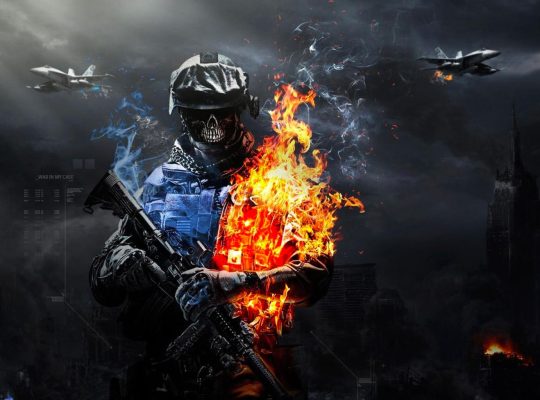
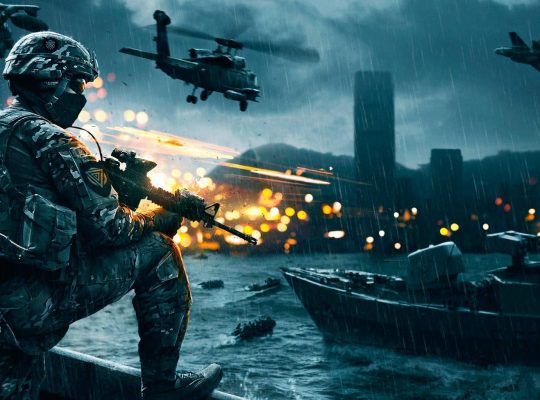
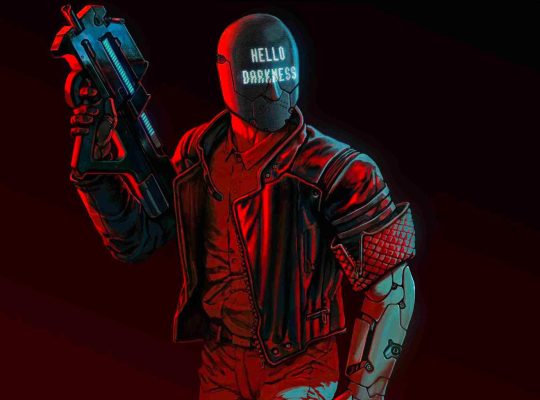


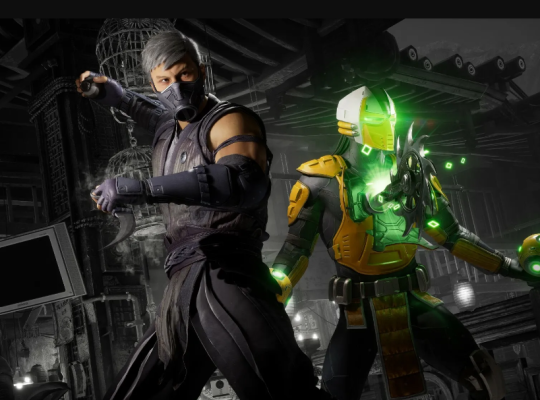
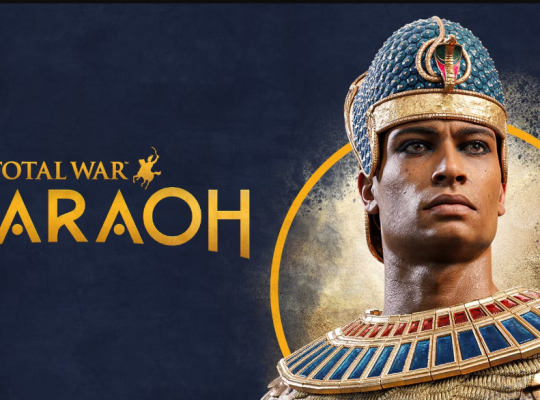
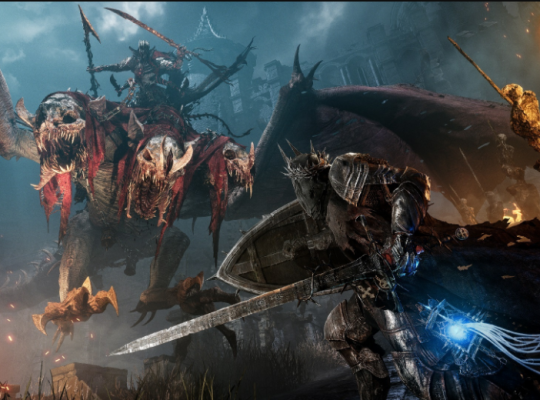
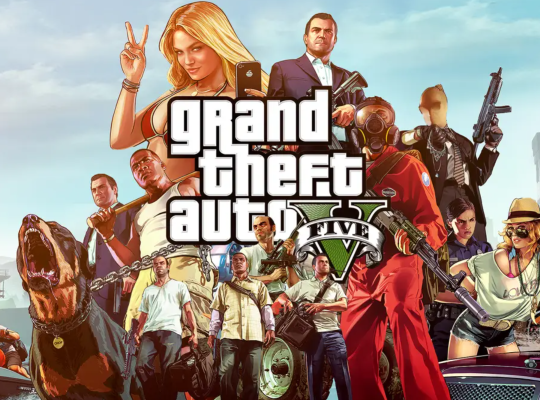
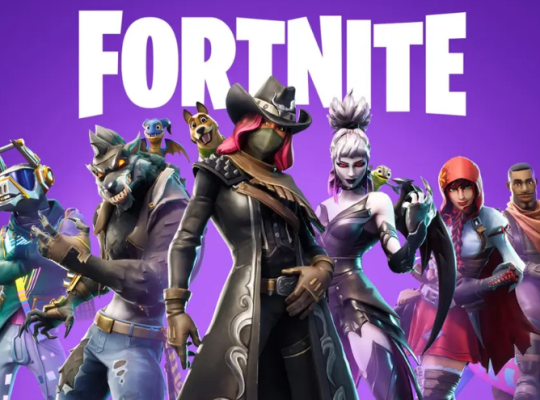

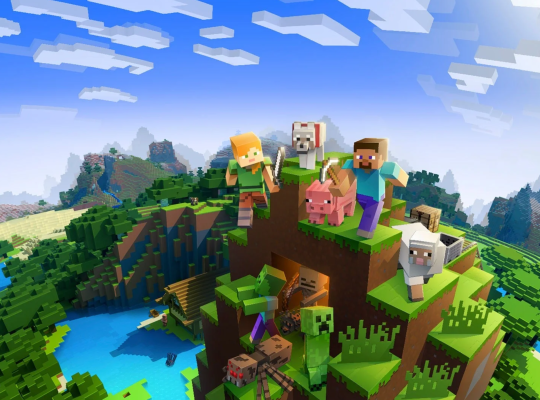
3 Comments